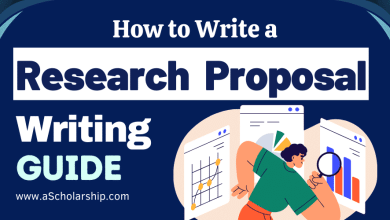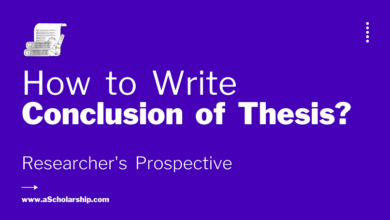Review Paper Writing in 2023: Review Paper Format – How to Write a Literature Review?
Writing Literature Review Made Easy

A literature review is a critical analysis of scholarly works that provide information on a specific topic. It is a collection of relevant publications and lets the readers know what work has already been done on a particular topic. It analyzes the mentioned literature and shows possible relationships between them.
A literature review at the post-graduate level can be turned into a separate article or paper. But this does not happen at the undergraduate level.
Difference Between Review Paper and Research Paper
A review paper is a summary and analysis of other’s research work on specific topics to date; whereas, the research paper reports the findings of original research work.
Difference between an Annotated Bibliography and a Literature Review
There is a big difference between the two. An annotated bibliography is a list of references and their summaries. Whereas a literature review is an assessment of literary work and helps with understanding the relationship between the present work and the work that has already been done.
The purpose of a Review Paper
Its purpose is to show the review of literature that has a connection with the reviewer’s own work. It lets the reader know what work is already available on the topic. Simply, a literature review shows work that has already been done, relevant to the reviewer’s own work. Also, it manifests the gaps present in the previous research.
Step-by-Step Guide on Writing a Review Paper:
Step 1: Define your objective
Find the questions you want to answer in the literature review. Identify the topics you want to conduct a literature study on. Analyze your project to find the relevant literature and define clear objectives.
Step 2: Start the research
Chose reputable sources and start the search for relevant literature. You can use all the available options such as journals, books, articles, reports, official documents of reputable organizations, etc. The quantity of citations depends on your academic level and the magnitude of your review study.
Step 3: Read and analyze the literature
Carefully read the literature. Every piece you read would mainly contain arguments and supporting facts. Remember, that your first priority should be arguments, not the facts. Furthermore, don’t forget to take notes, they help with organizing your literature review. You can also consider using tables or maps. They assist in understanding the possible relations between different sources.
To analyze the literature you need some extra attention. First, evaluate the relevance of the sources. Second, find the main ideas mentioned. Third, look for the key relationships defined in the literature. Fourth, consider the structure of arguments the author has used. Fifth, try to find the similarities between the available sources. Sixth, identify the gaps present in the literature. Seventh, discuss their outcomes and challenges, and eight, is to provide insights into future possibilities of work in that domain. If you discuss the old literature in a way to identify their flaws of gaps then this kind of review paper is called a critical review.
Step 4: Write the literature review
Before starting, prepare your thesis statement. The thesis statement tells the topic and your take on the topic. It simply shows the idea you are going to defend. A literature review is written like an essay. It has three main parts; introduction, body, and conclusion.
Outline of a Literature Review Paper
Introduction
The introduction first shows the reason you are writing for. It then highlights the importance of the topic and your viewpoint on the topic. An introductory paragraph also defines the capacity of the review. Besides, the standards set for literature selection should also be discussed. In the end, do mention the structural pattern of the literature review.
Body
The body contains a number of paragraphs. Each paragraph addresses a different point. All the relevant literature that supports a single point should be integrated and mentioned in a single paragraph. The body contains paragraphs that address every aspect of the topic. The possible aspects can be former literature on the topic, historical background, methodology, typical or atypical opinions, and the central question that is being answered.
Conclusion
The conclusion presents a summary of the arguments mentioned in the body. Besides, it highlights the gaps present in the previous research. It also states the main consensus and dissensus found in the reviewed literature. The conclusion, however, is influenced by the main reason you are writing for. It simply justifies your take on the topic.
Some important suggestions while writing a review paper
-
- In the introduction mention clearly the aspects your review does not cover.
- The thesis statement should plainly state your opinion on the topic.
- The studies which are considered important should be mentioned at the beginning of the body.
- Write a coherent essay. The essay should manifest logical connections between the mentioned points.
- Sub-headings can be used where necessary.





